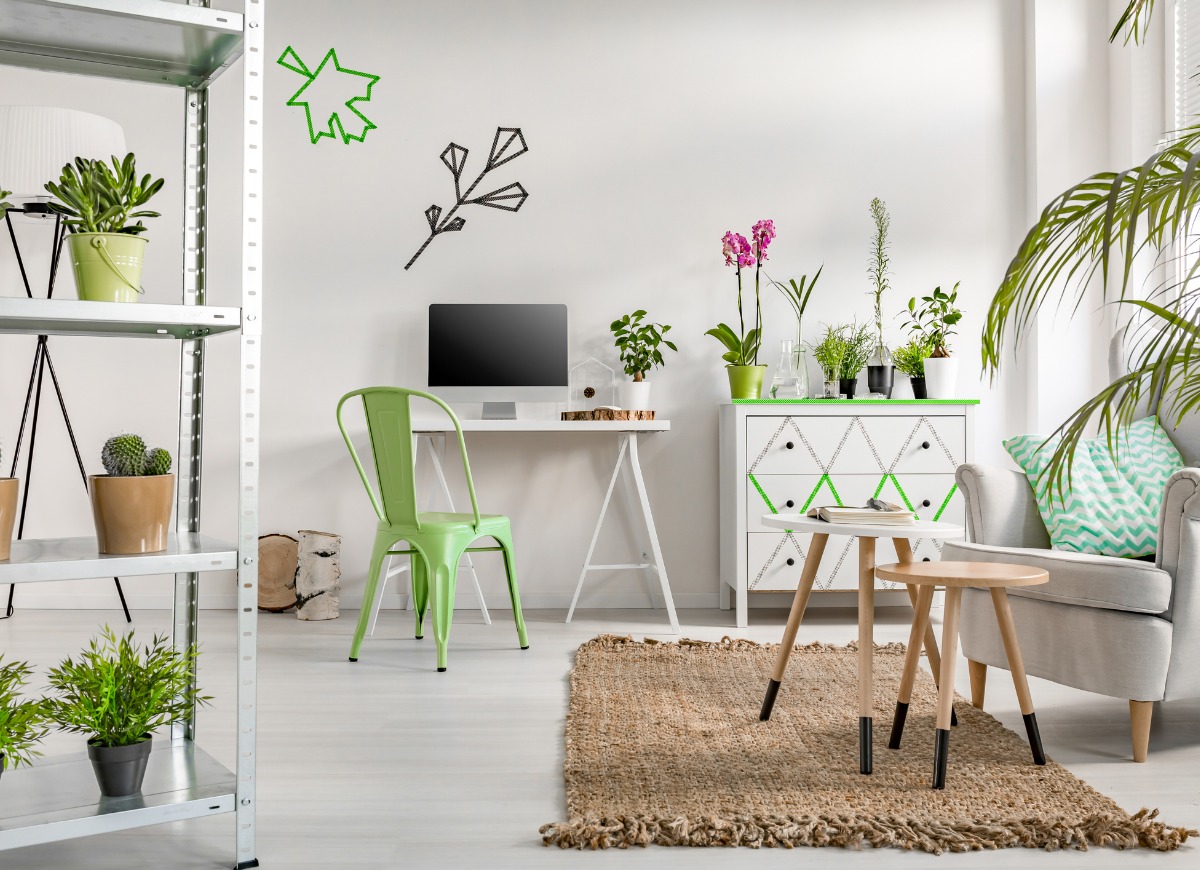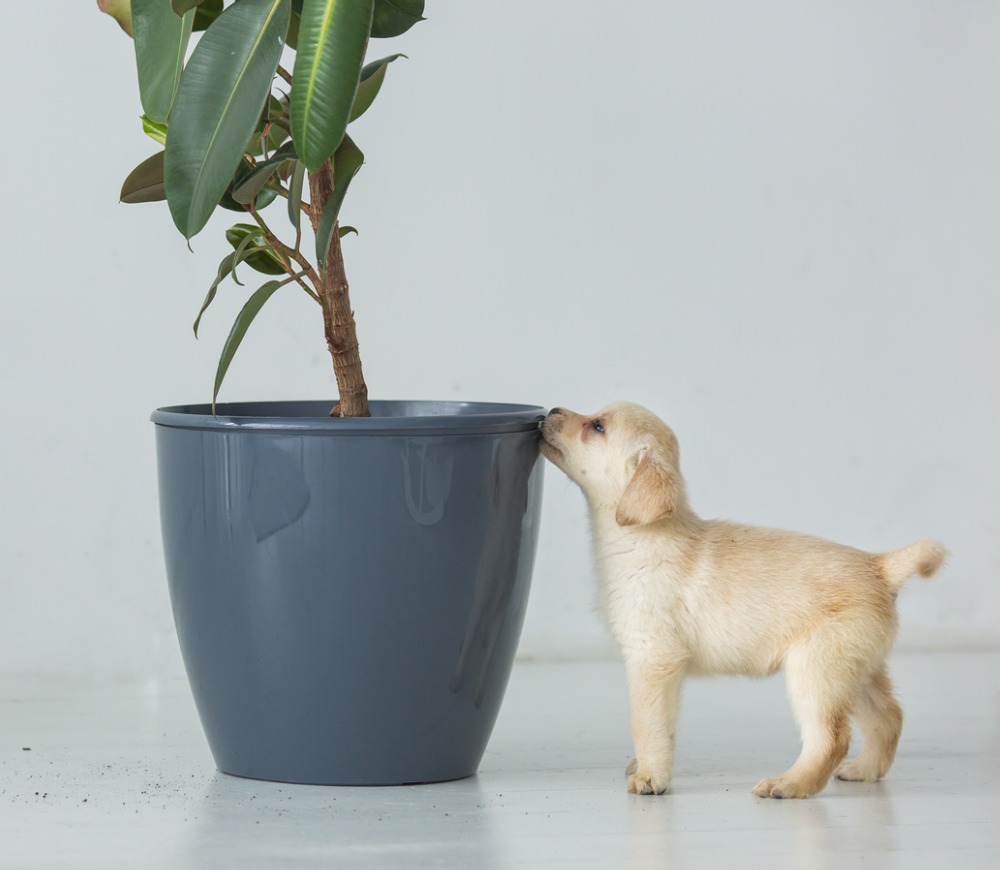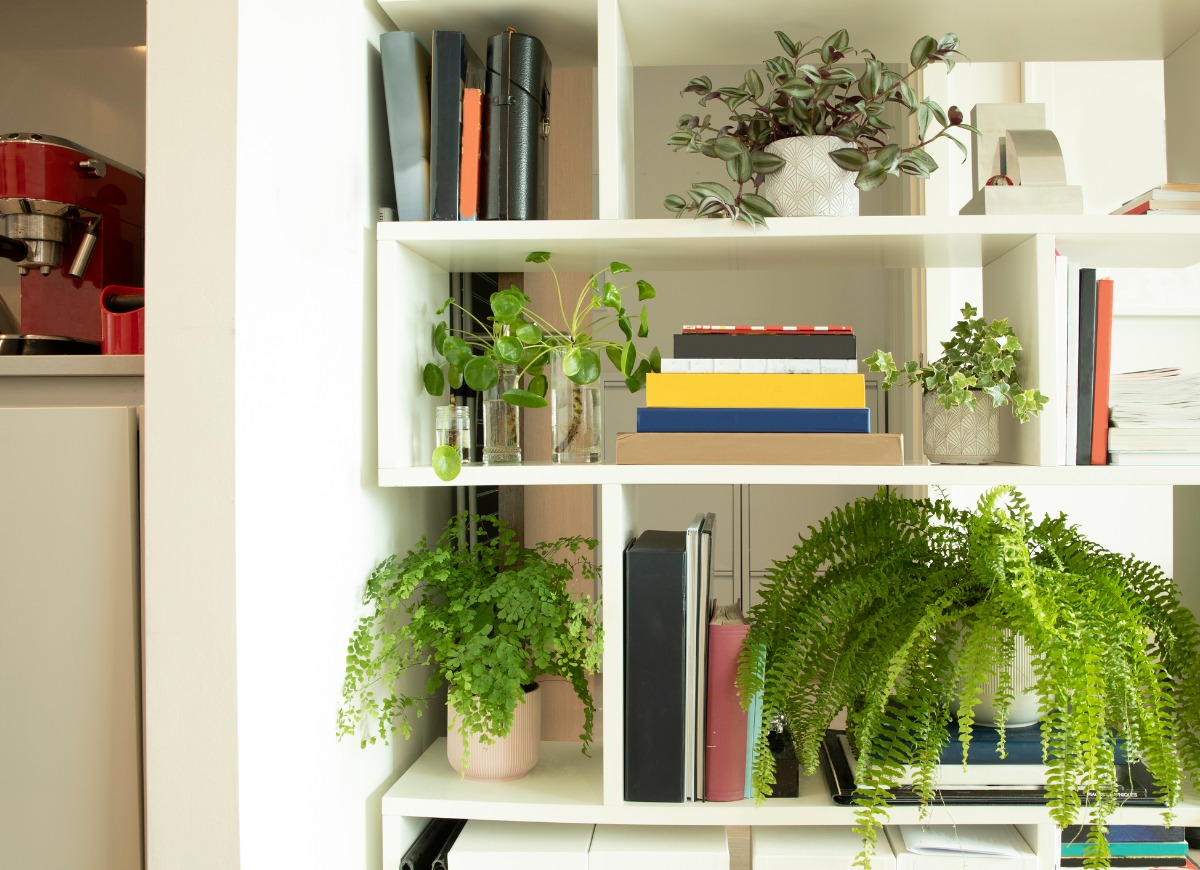

We may earn revenue from the products available on this page and participate in affiliate programs. Learn More ›
Location, location, location is as important for houseplants as it is for real estate. Plants should be placed in spots where they’ll get what they need to thrive. For starters, plants drink up sunlight and convert it into energy via photosynthesis, so light is essential. Some plants can get by with—and even prefer—low light, but none can survive with no light.
While lumens top the list, there are other factors you need to consider when figuring out where to put your houseplants. To give your plants the best chance of a long and verdant life, be sure to take these seven concerns into account before you choose a location for a plant.
1. Light
Sun-loving plants should be situated near an unshaded south- or west-facing window. Move plants that need slightly lower levels of light to an east-facing window for a few hours of mild morning rays each day. Those that do best in bright, indirect light should be placed by a south- or west-facing window that’s covered by a sheer curtain to protect their sensitive leaves from sunburn.
RELATED: 14 of the Fastest-Growing Houseplants for a Nearly Instant Indoor Garden
2. Temperature
Most houseplants that are grown for their lush foliage flourish in the temperature range of the average household, which falls between 68 and 76 degrees Fahrenheit. Some flowering plants, however, such as freesias and camellias, require temperatures between 50 and 60 degrees to initiate bloom, and cacti often prefer a winter resting period during which nighttime temperatures drop below 60 degrees. Such plants may perform best in a minimally heated sunporch or breezeway where temperatures are chilly but don’t drop to freezing.

3. Drafts
Placement near an exterior door can be harmful for some plants. For some tropical species, the sudden gusts of winter wind as people come and go can cause almost as much damage as more constant cold temps. As well, poorly latched doors have been known to blow open, allowing Jack Frost to breeze in. Even though the overall temperature in a house might be fine, gusts and drafts can take their toll on houseplants, so keep plants as far away from exterior doors as possible.
RELATED: 3 Good Reasons to Dust Your Houseplants—and How to Do It
4. Humidity
The bathroom is the best place for plants that crave high humidity. They thrive in the moist air that steams up the room and fogs the mirrors. Also, plants like ferns flourish in the diffused light that filters through the privacy glass so often used for bathroom windows. If the bathroom isn’t an option, however, consider putting moisture-loving plants on a windowsill above the kitchen sink, where they can benefit from the steam that rises when dishes are washed.

5. Pets
Because dogs and cats often like to chow down on grass, they may consider your gardenia an alternative snack. Unfortunately, gardenias and many other common houseplants are toxic to pets, and some, such as kalanchoe and cyclamen, can endanger their lives. Pets may be tempted not only by the plants themselves, but also by the dirt they sit in. In fact, some cats treat pots full of dirt like litter boxes with leafy obstructions in the middle! For all these reasons, it’s a good idea to keep your most toxic houseplants out of your pets’ reach.
6. Children
Although older children can be warned not to nosh on the nandina, a mildly toxic plant that’s also known as heavenly bamboo, babies and toddlers tend to put everything they can get their hands on into their mouths. Place dangerous greenery beyond reach of children or in rooms where they don’t go. It’s also a good idea to do a little research before you bring a plant into your house so you can make sure your collection includes only those that have been proven to be harmless.

RELATED: 14 Symptoms of an Unhappy Houseplant (and How You Can Treat Them)
7. Convenience
Plants stashed in rarely used second-story or basement rooms may wind up neglected, falling victim to either the “out of sight, out of mind” effect or the difficulty of lugging a heavy watering can up (or down) to them. It’s always best to keep plants in places where they will be seen every day. That way, they’re easier to take care of, you’re more likely to notice wilting or other signs of stress, and, most importantly, you’ll be able to enjoy them.
